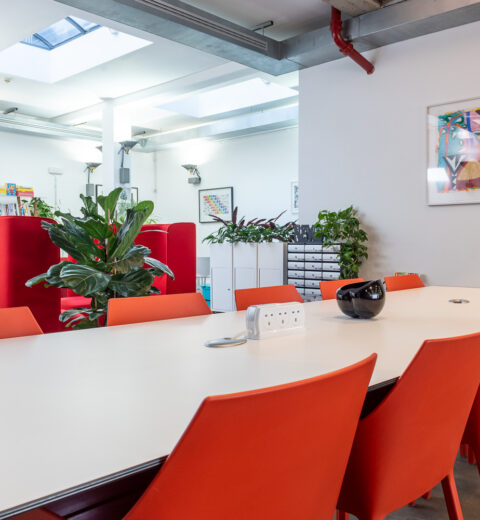10/GUI – The Desktop 10 Finger Multi-Touch Concept
Desktop touch screens are less than an ideal human solution to the computer interface problem, no one wants to hold their hands at monitor-level all the time, you’d get tired very quickly. If you’re looking for a quick answer as to why many touch screens like the TouchSmart line haven’t seen success in the past, that’d be it. But that’s not good enough. We need a solution, because as much as some people would like to hold on to the past, we’re not going to be using a keyboard and mouse forever to interact with computers.
Certainly, having a touch screen computer that sits at an angle like an architect’s desk is one solution. The issue there is that you need the screen to be big enough so that your hands don’t completely obstruct what you’re doing. Hopefully Microsoft will unveil some version of the Surface that works like that. But another potential solution comes by way of a brilliant concept video for something called 10/GUI.
If you haven’t seen this demo before, you should watch it (above). It brings up some key issues surrounding the future of touch input from both a hardware and software perspective. 10/GUI’s solution is to create a multi-touch pad that lays on your desk in the area that a keyboard or mouse would. You then use this pad to interact with the monitor in front of you, just as you would with the more traditional methods of input.
The key difference is that rather than have one cursor on the screen, you potentially have ten (one for each finger). While all your fingers could be resting on the screen, a “click” would not occur until you applied pressure from one or many of your fingers. The result is pretty cool — manipulating the user interface in a way not completely unlike the computer interaction in Minority Report (which is still my ultimate dream), though not three dimensional, of course.
But 10/GUI realizes that using this touch technology still may not be ideal for manipulating current computer operating systems. Specifically, the idea of the window-based interface becomes less ideal as you add more and more windows. 10/GUI’s solution is something called Con10uum, which is basically a linear way to organize windows. When matched with some of the multi-touch gestures, the system seems to make some sense.
Of course, then you get into a whole different game. Companies are already scooping up patents on different multi-touch gestures left and right. For example, here are some of the ones that BumpTop has for its system. Apple has others. Microsoft undoubtedly has some of its own too. It’s beyond ridiculous that you can patent a gesture, and this could lead to real issues in the future if multi-touch computing does take off. Nevertheless, that’s where we are.
Again, 10/GUI is just a concept created by R. Clayton Miller. You can read more about it here.
[ Article source : CrunchGear ]



